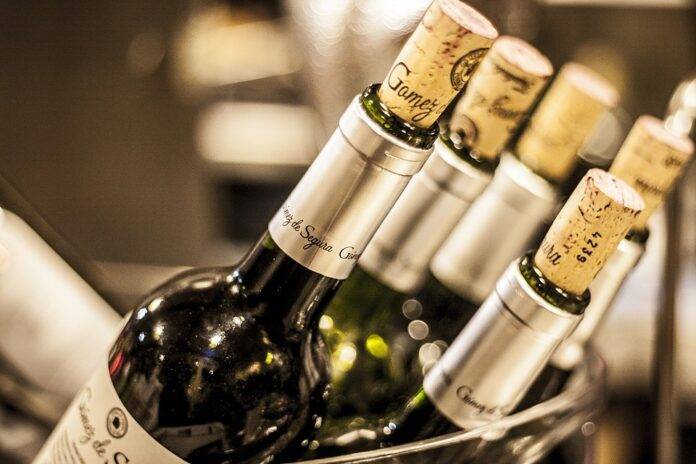Introduction
Wildfire risk and climate change are two significant factors impacting the Napa Valley wine industry, specifically the production of Napa vintages. These factors have caused disruptions in the growing conditions for vineyards, leading to challenges in maintaining the quality and quantity of grapes needed for wine production. In this report, we will explore how wildfires and climate change have affected Napa vintages, including the financial implications for wineries in the region.
Impact of Wildfire Risk on Napa Vintages
Increased Frequency and Intensity of Wildfires
In recent years, the Napa Valley region has experienced an increase in the frequency and intensity of wildfires. These wildfires have posed a significant threat to vineyards, with flames destroying acres of grapevines and impacting the overall grape quality. Wineries have had to deal with the loss of crops, as well as damage to infrastructure and equipment.
Smoke Taint and Grape Quality
One of the main concerns for wineries in Napa Valley during wildfires is smoke taint, which can affect the flavor and aroma of grapes. Smoke exposure can lead to undesirable characteristics in the wine, such as a smoky or burnt taste. Winemakers have had to carefully assess the impact of smoke taint on their grapes and make decisions on whether to salvage the crop or discard it.
Climate Change and Napa Vintages
Shifts in Growing Conditions
Climate change has also played a role in impacting Napa vintages. Rising temperatures and changes in precipitation patterns have altered the growing conditions for vineyards in the region. Wineries have had to adapt to these changes by implementing new irrigation methods and adjusting harvest times to account for the shifting climate.
Water Scarcity and Drought
Water scarcity and drought have become more prevalent in Napa Valley due to climate change. Wineries rely on adequate water supply for irrigation and grape production, but dwindling water resources have posed a challenge for vineyard management. Some wineries have invested in sustainable water practices to mitigate the impact of water scarcity on their operations.
Financial Implications for Napa Wineries
The impact of wildfire risk and climate change on Napa vintages has had financial implications for wineries in the region. The cost of mitigating wildfire damage, implementing new growing practices, and adapting to changing climate conditions has put a strain on the financial resources of wineries.
According to industry data, some wineries have reported significant losses in revenue due to wildfires and smoke taint affecting grape quality. The cost of replanting vineyards and rebuilding infrastructure after wildfires has also added to the financial burden for wineries in Napa Valley.
Industry Insights and Future Outlook
Despite the challenges posed by wildfire risk and climate change, the Napa Valley wine industry remains resilient. Wineries have been proactive in implementing sustainable practices and innovative solutions to adapt to the changing environment. Some wineries have even seen opportunities for growth by focusing on climate-resilient grape varieties and expanding their market reach.
Looking ahead, the future outlook for Napa vintages will depend on how wineries continue to address the challenges of wildfire risk and climate change. By prioritizing sustainability and resilience, Napa Valley wineries can navigate the uncertainties of a changing climate and continue to produce world-class vintages for years to come.
Conclusion
In conclusion, wildfire risk and climate change have had a significant impact on Napa vintages, posing challenges for wineries in the region. The financial implications of mitigating wildfire damage and adapting to changing climate conditions have forced wineries to innovate and implement sustainable practices. Despite these challenges, the Napa Valley wine industry remains resilient and is poised to overcome the obstacles presented by wildfire risk and climate change. By prioritizing sustainability and resilience, Napa wineries can continue to produce high-quality vintages for wine enthusiasts around the world.




